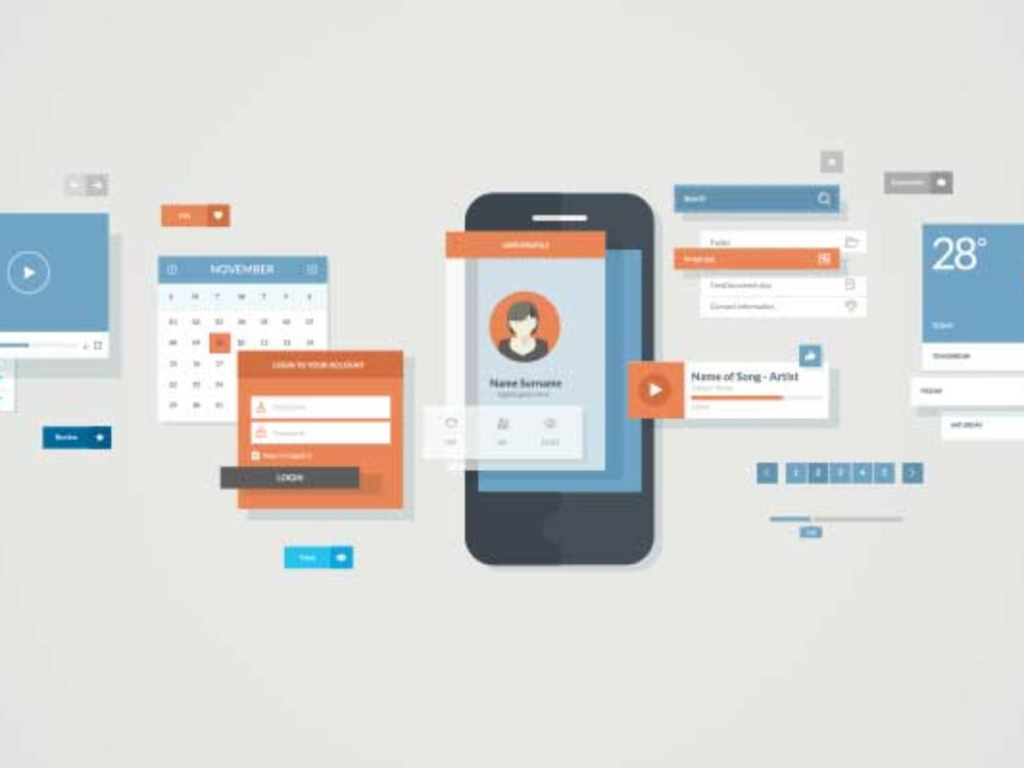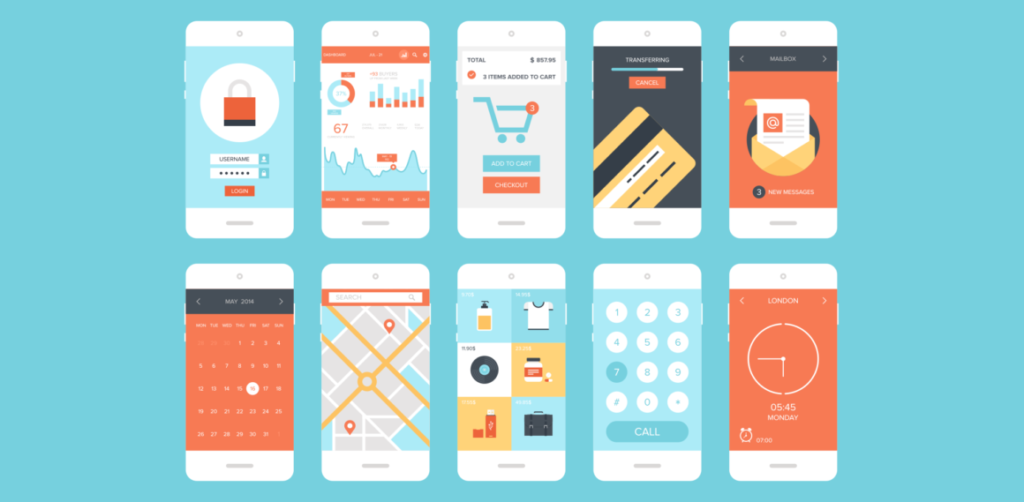The mobile app industry is growing by the day if these statistics are something to go by; the revenue from mobile apps is expected to hit $ 935 billion by 2023, and 75 percent of internet traffic is mobile-based. This data is an indication that mobile app design and development is a viable business venture. The primary factor for the success and effectiveness of mobile apps is the user interface.

Below are steps on how to develop a user interface for your mobile app:
- Discovery and Research; this is the most involved stage of the production but is critical in the product’s overall success. It would be best to research your audience- their location, age, lifestyle, and socioeconomic status. This research informs the functionality and features of the app, what they will use it for, and cost projection.
The other aspect is to analyze other mobile apps and would-be competitions. The discovery will give you an idea of the notch to cover. This process can also be important to avoid legal tussles where copyright or patent is concerned. You need to discover the challenges and the issues that make your app necessary; https://fireart.studio/ui-ux-design-and-development/ can help develop your mobile app’s interface
- Conceptualization; this is the second stage after research and discovery. In this stage, you turn the ideas into concepts or models. The device will be used on, for instance, whether Apple or Android. You may need to involve or outsource professional help in this stage; such as designers or developers if you’re neither yourself. The concept should include the outlook and the feel of the app. Narrow down on an idea and turn it into a concept. The third stage is;
- Product design vs UX design: after the two stages above, you now have a vivid picture of the outlook of the app; color, icons, and features and could be reduced if necessary. The UI and UX is the most critical stage of app development. The user needs to navigate easily without being tech-savvy. Depending on the audience, you can choose the colors, icons, and sizes of the onscreen appearance. Remember, the difference between UX designer and product designer can be noted in the features.
- Wireframing and prototyping; Wireframing is the digital equivalent of blueprint; it gives the overall outlook of how the features will look. In connection with prototyping, Wireframing enables re-design and adjustments to be made on the product.
The four steps above are directly involved in User interface development. However, that does not spell the end of the process. After Wireframing, there is a need for programming. The integration ensures the app will be operational on the intended mobile device.
After the programing stage, quality analysis and testing are undertaken. The testing is to eliminate any technical surprises that can negatively affect product reception by the user. The app can be availed as a pilot to a few people for actual experience, and their feedback noted. The feedback is then worked on to optimize the user experience.

When the app succeeds in QA and testing, it can then be launched for use by the targeted users. The company must, however, be in a position to offer post-launch support.
Conclusion
The ultimate user experience should inform the process from start to finish. A good user interface, therefore, needs thorough research, discovery, and conceptualization. The app should offer appeal and functionality to the user and be flexible to be used across devices. There should always be room to evaluate performance and update or upgrade for optimum performance. You could outsource UI/UX design development services for a more professional look.

